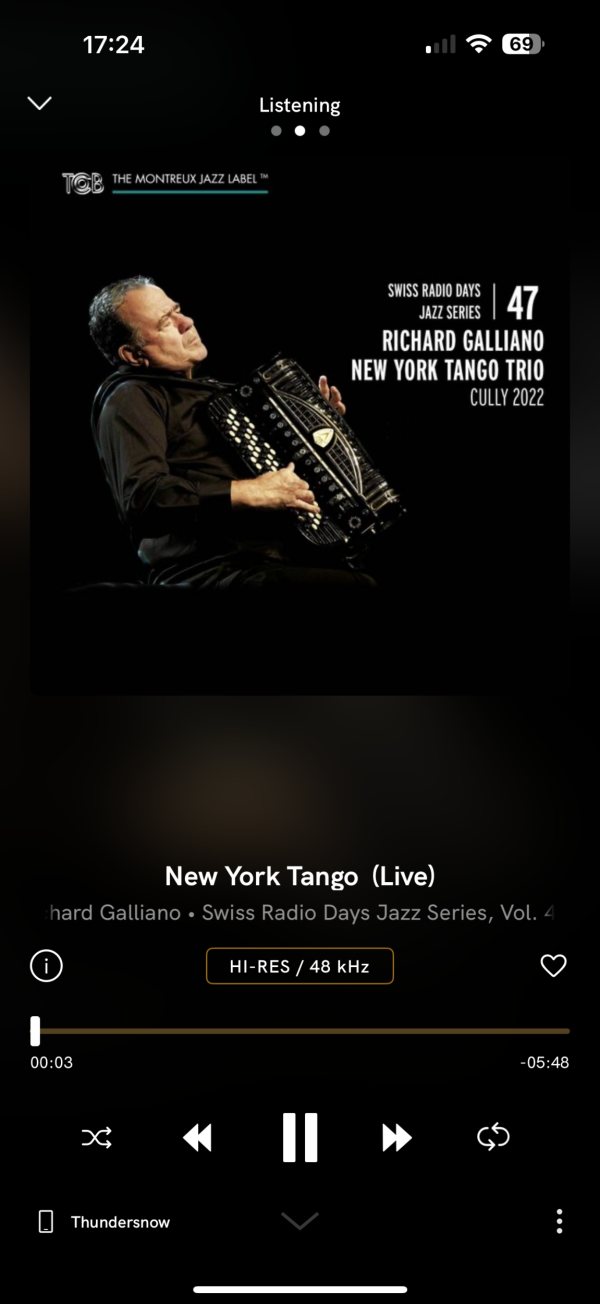Looks absolutely wonderful. When breaching the active crossover paradigm, things can be a mess until dialed in then it is hard to go back to passive crossovers which seem like Model T audio (maybe refined but when you want that last bit of tweak, not there). I have the four way with four swarm subs, but thankfully, I don't have the 'Princess and the Pea' sensitivity to bass that many audiophiles describe.
I think that ribbons do best with 6-12 db crossovers. The digital crossovers have capabilities that make it seem like you have to use the ultimate 'power', but I have gone back to lower db because ribbons make that possible and things seem to integrate better (in spite of alleged interference patterns. With room, things seem to re-integrate at listening position pretty well). I also prefer an analog crossover, also do-able with ribbons better than with the other types of speaker systems.
My 'dipole tweeter' is a Graz midrange ribbon rescued from defunct rebuilt Apogee Stage, enhanced with upward firing small ribbons.
You might experiment adding smaller ribbon tweeters that point upwards only to get some better 'high hat' effect. Gives cymbals some nicer sting without the dangers of beaming.
Also, having comparative adjustable between 20-80 Hz and 80 to midrange, adding that third crossover point, can help with that lower midrange integration and separating the bass. That would mean the bugaboo of subs, something to add to nervosa pondering.
Alternatively, I think that Ron at some point addressing this issue found a Manley tubed studio unit that allowed this tweak in this range i.e. smoothly adjust the ratio of bass to lower midrange without actually adding more speakers or crossover points (just run the unit in between the lowest crossover and the bass panel amp), but I don't think he ever implemented it. I can't remember what it was called.
Congratulations. I think you are building a 'Crown Jewel' system that ought to be a pilgrimage site for audiophiles.
I think that ribbons do best with 6-12 db crossovers. The digital crossovers have capabilities that make it seem like you have to use the ultimate 'power', but I have gone back to lower db because ribbons make that possible and things seem to integrate better (in spite of alleged interference patterns. With room, things seem to re-integrate at listening position pretty well). I also prefer an analog crossover, also do-able with ribbons better than with the other types of speaker systems.
My 'dipole tweeter' is a Graz midrange ribbon rescued from defunct rebuilt Apogee Stage, enhanced with upward firing small ribbons.
You might experiment adding smaller ribbon tweeters that point upwards only to get some better 'high hat' effect. Gives cymbals some nicer sting without the dangers of beaming.
Also, having comparative adjustable between 20-80 Hz and 80 to midrange, adding that third crossover point, can help with that lower midrange integration and separating the bass. That would mean the bugaboo of subs, something to add to nervosa pondering.
Alternatively, I think that Ron at some point addressing this issue found a Manley tubed studio unit that allowed this tweak in this range i.e. smoothly adjust the ratio of bass to lower midrange without actually adding more speakers or crossover points (just run the unit in between the lowest crossover and the bass panel amp), but I don't think he ever implemented it. I can't remember what it was called.
Congratulations. I think you are building a 'Crown Jewel' system that ought to be a pilgrimage site for audiophiles.
Last edited:


